Gigabyte AB350-Gaming 3 Motherboard Review: Fun and Flexibility
Subsystem and Gaming Benchmarks
SATA3 6G and M.2 PCIe x4:
USB 3.1 Gen1 and USB 3.1 Gen2:
On-board Audio
Before proceeding with audio benchmarks, Deferred Procedure Call latency must be first checked to make sure that the system is capable of producing useable results when the Rightmark Audio Analyzer benchmark was run. DPC is a Windows function that involves prioritizing tasks within the OS and high DPC latencies can be caused by several things including hardware device conflict. The DPC Latency Monitor graphically displays the latency level of the system in real time.
After leaving the system running for 15+minutes, the ISR and DPC routine execution times peaked at 334.94 and 575.18 respectively and are well under the 4000 microseconds range (at which point the system will be unsuitable for real-time audio playback), so the audio tests can proceed.
RightMark Audio Analyzer tests using a short 3-inch 3.5mm audioloop cable that goes in the rear line-in and line-out ports for a loopback test to objectively test internal audio performance. 16-bit and 24-bit settings are used for all tests and all effects are disabled.
| Audio Performance Color Code: | Excellent | Very good | Good | Poor |
| Test (16-bit) |
44kHz
|
48kHz
|
96kHz
|
192kHz
|
| Frequency response (from 40 Hz to 15 kHz), dB |
+0.01, -0.06
|
+0.01, -0.05
|
+0.01, -0.06
|
+0.01, -0.07
|
| Noise level, dB (A) |
-92.2
|
-92.7
|
-95.2
|
-97.3
|
| Dynamic range, dB (A) |
92.4
|
92.7
|
95.1
|
97.5
|
| THD, % |
0.0042
|
0.0046
|
0.0048
|
0.0047
|
| THD + Noise, dB (A) |
-82.4
|
-82.1
|
-82.7
|
-83.2
|
| IMD + Noise, % |
0.0088
|
0.0085
|
0.0073
|
0.0078
|
| Stereo crosstalk, dB |
-91.7
|
-90.2
|
-92.1
|
-91.2
|
| IMD at 10 kHz, % |
0.0095
|
0.0088
|
0.0068
|
0.0057
|
| General performance |
Very good
|
Very good
|
Very good
|
Very good
|
| Test (bit-kHz) |
44kHz
|
48kHz
|
96kHz
|
192kHz
|
| Frequency response (from 40 Hz to 15 kHz), dB |
+0.01, -0.06
|
+0.01, -0.05
|
+0.01, -0.06
|
+0.01, -0.07
|
| Noise level, dB (A) |
-101.8
|
-102.6
|
-102.0
|
-101.2
|
| Dynamic range, dB (A) |
103.5
|
103.6
|
103.6
|
103.4
|
| THD, % |
0.0042
|
0.0042
|
0.0042
|
0.0041
|
| THD + Noise, dB (A) |
-84.4
|
-84.5
|
-84.5
|
-84.8
|
| IMD + Noise, % |
0.0057
|
0.0066
|
0.0055
|
0.0060
|
| Stereo crosstalk, dB |
-95.9
|
-95.5
|
-94.2
|
-93.5
|
| IMD at 10 kHz, % |
0.0049
|
0.0044
|
0.0044
|
0.0047
|
| General performance |
Excellent
|
Very good
|
Very good
|
Very good
|
Network Connectivity
Network testing was conducted with a 4-port Cisco E3200 Gigabit Dual-Band Wireless N router and a pair of 6-ft long Cat5E cables connecting the server PC and the test motherboard. The server system is running an Intel Core i7-5775C processor on an Asrock Z97 Extreme 4 motherboard with an Intel i218V PHY. Interrupt Moderation was disabled, running TCP and UDP tests.
Gaming Tests
Futuremark’s 3DMark is a semi-synthetic gaming benchmark that calculates both graphics and CPU-bound physics in a controlled series of tests and provides scores that can be compared with other gaming platforms. Unigine Heaven is a synthetic benchmark that is completely GPU bound for testing possible PCI-E graphics performance inconsistencies.
A gaming test run for Bioshock Infinite at the lowest resolution and settings was performed as well as a test with maximum details at a 1920 x 1080 resolution. CPU performance difference can be gauged due to the reduced reliance on the discrete GPU at those low levels theoretically but a high resolution benchmark was also conducted to see if there are inconsistencies with PCI-E graphics performance.
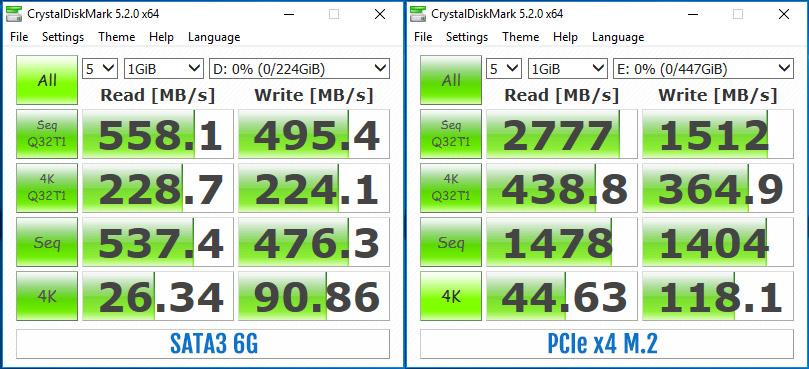
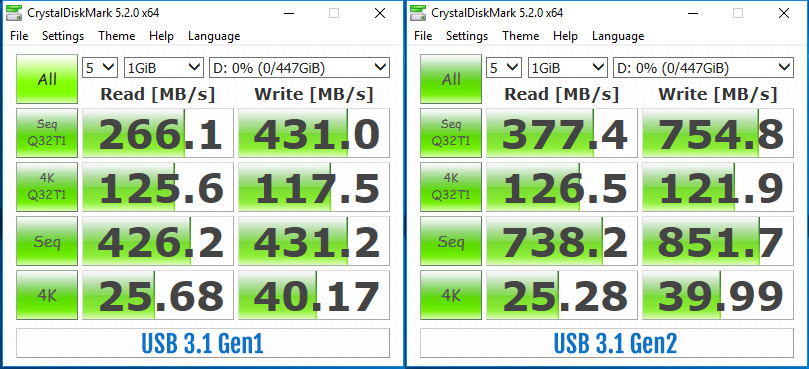
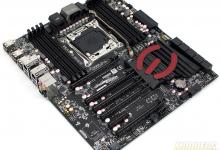
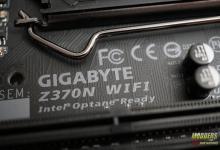
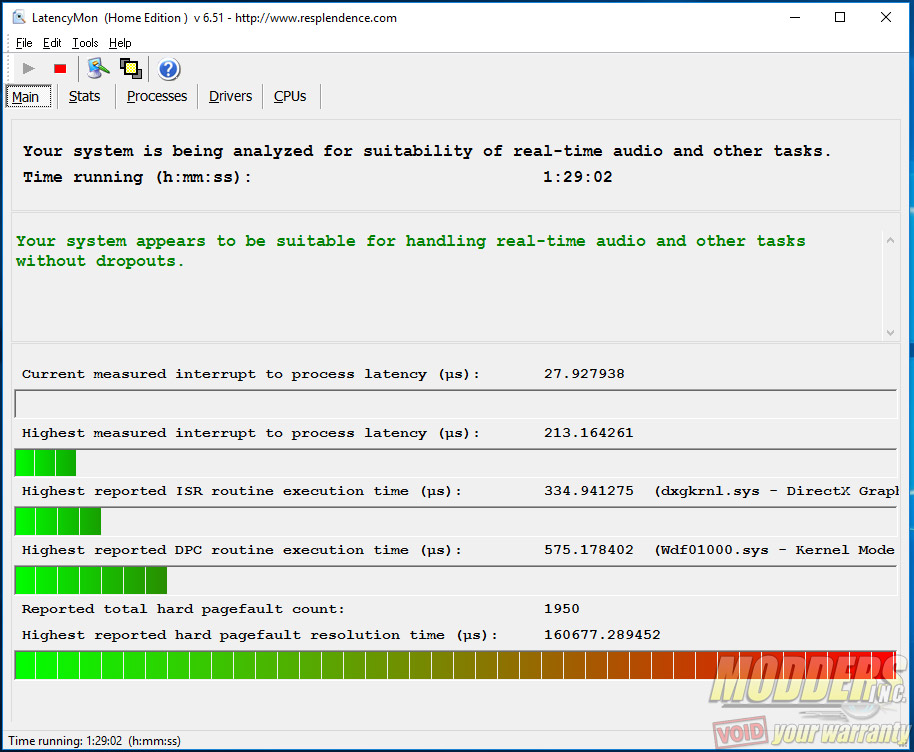
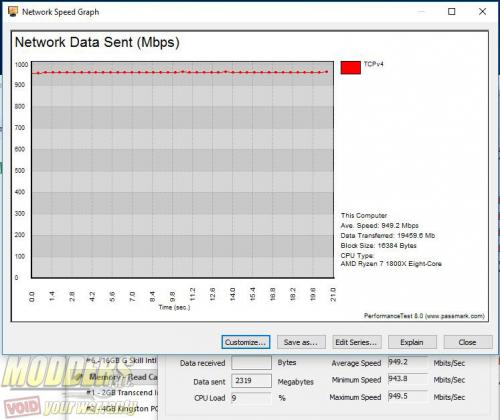
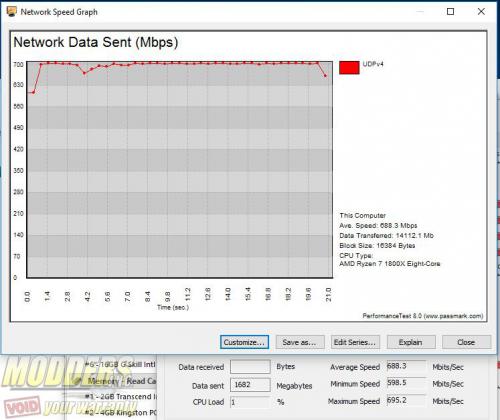
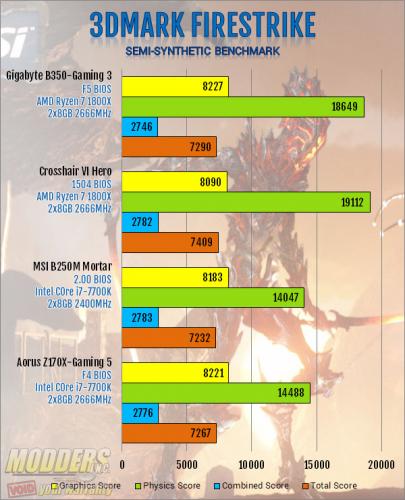
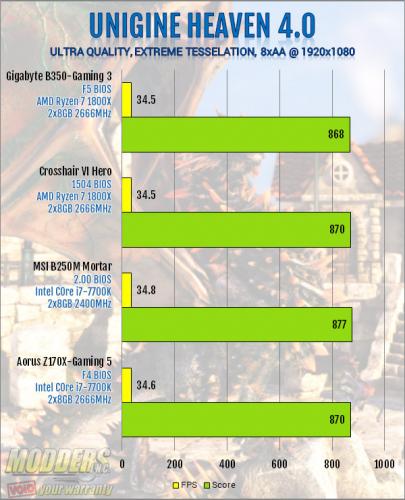
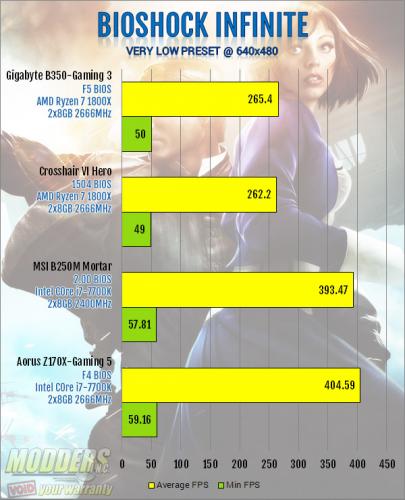
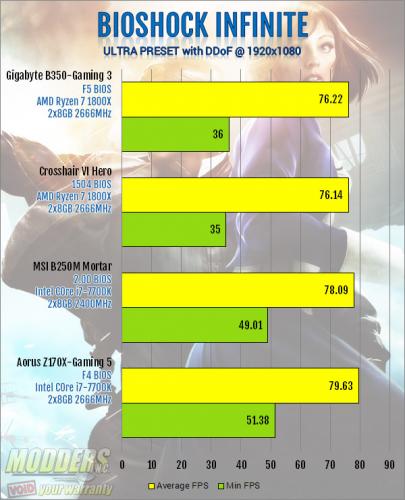


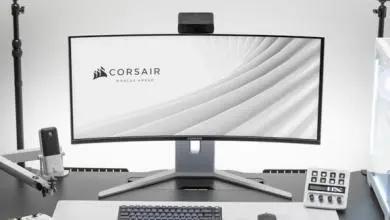
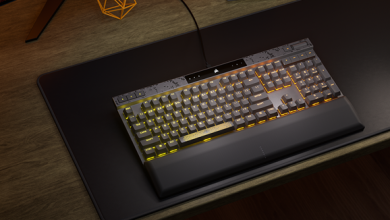



The Aorus Z270X-Gaming 5 ????? on first site?
Nice review, this is the motherboard I finally decided on for my new build. It seemed like a very good value and had what I was looking for in a mobo. I am so happy the Ryzen processors can overclock on both the midrange B350 and high end X370 boards, it means you can save quite a bit of money if you are not going for a top end build.
Are the mounting holes a little different from standard ATX? for the holes closer to the right of the board.
Thank you for pointing it out. It seems I have forgotten to paste the entire last paragraph of the first page from the last template I used. It has been corrected now.
I have this board with an R7 1700x and 2×8 GB Corsair Vengeance at 3200mhz. The memory works at 2933 cl 16-16-16-36 without problems. I didn’t see nothing like this board till now, not even a bluescreen in more than 2 weeks of usage, with all the drivers and programs i tried, and the Windows boots in 5 seconds with an Intel 600p Nvme 512 gb… it’s incredible… My last board was an Asus M5A99X Evo R2.0 (a very good board too), but this one seems like from other league.
I have the mATX version of this board (AB350M G3). It’s rock solid running my R7 1700 at 3.9GHz and my G.Skill 16gb kit at 3200 cl14 (Bios version F2). I might be able to push my CPU overclock higher, but the voltage is already at 1.344, so I decided not to bother.